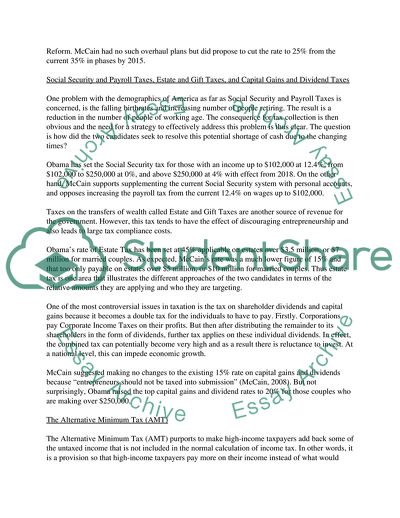Cite this document
(Comparison of the Tax Policies of the Democratic and Republican U.S Coursework, n.d.)
Comparison of the Tax Policies of the Democratic and Republican U.S Coursework. https://studentshare.org/finance-accounting/1718473-tax-accounting-obama-vs-mccain
Comparison of the Tax Policies of the Democratic and Republican U.S Coursework. https://studentshare.org/finance-accounting/1718473-tax-accounting-obama-vs-mccain
(Comparison of the Tax Policies of the Democratic and Republican U.S Coursework)
Comparison of the Tax Policies of the Democratic and Republican U.S Coursework. https://studentshare.org/finance-accounting/1718473-tax-accounting-obama-vs-mccain.
Comparison of the Tax Policies of the Democratic and Republican U.S Coursework. https://studentshare.org/finance-accounting/1718473-tax-accounting-obama-vs-mccain.
“Comparison of the Tax Policies of the Democratic and Republican U.S Coursework”. https://studentshare.org/finance-accounting/1718473-tax-accounting-obama-vs-mccain.


